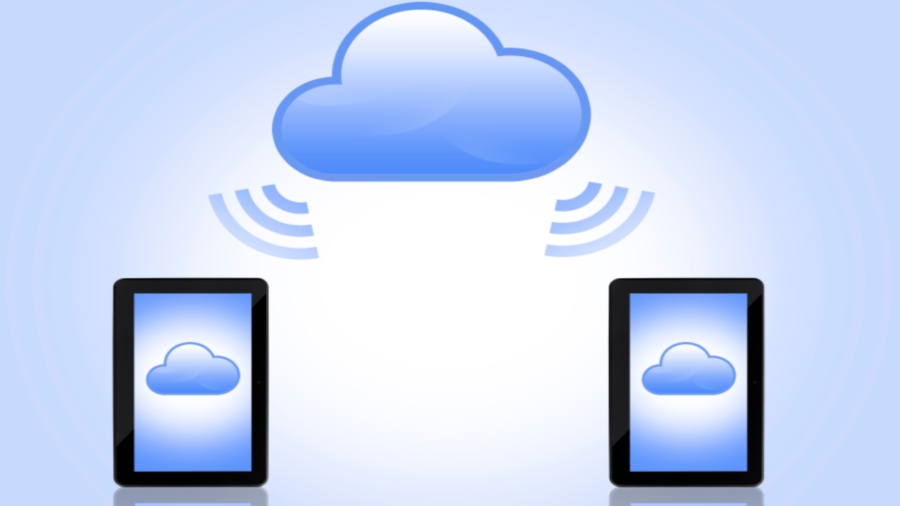
Wireless devices and cloud services are going to increasing amounts of energy in future, according to a report from the Centre for Energy-Efficient Communications (CEET) in Melbourne, Australia.
Titled The Power of Wireless Cloud it says that wireless and cloud are converging, and between them will consume between 32 and 43 Terawatt hours (TWh) in 2015, up from just 9.2 TWh in 2012. This will increase the carbon footprint from 6 megatonnes of CO2 to 30 megatonnes over the same period.
More than half of the energy (59%) will be consumed by 4G services, with 31% by local WiFi and just 9% by the data centres that support the services, which have so far attracted more concerns about energy consumption.
Industry forecasts
CEET has come to the estimates through using industry forecasts on wireless cloud traffic. They reflect the big growth in cloud computing and the boom in people accessing its services through wireless networks.
Energy can be consumed by mobile devices, WiFi routers and metro and core telecommunications networks. The figures assume an average of two users sharing an in-home Wi-Fi connection.
The report does not suggest any measures to resist or manage the trend, but says it should be taken seriously in managing global energy consumption.
"Curbing the user convenience provided by wireless access seems unlikely and therefore the ICT sector faces a major challenge," it says.
Sign up to the TechRadar Pro newsletter to get all the top news, opinion, features and guidance your business needs to succeed!
It continues: "Finding solutions to the 'dirty cloud' at the very least requires a broader acknowledgment of the cloud computing ecosystem and each component's energy requirements. There needs to be a focus on making access technologies more efficient, and potentially a reworking of how the industry manages data and designs the entire global network."